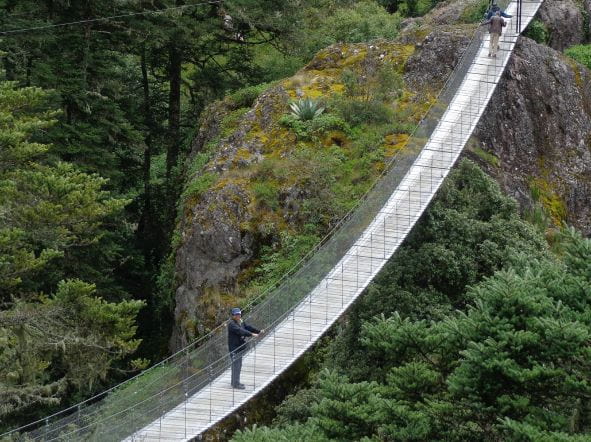A Variety of Attractions in Santa Catarina Lachatao, Mexico
Santa Catarina Lachatao is a municipality in the state of Oaxaca, Mexico, that has recognized the economic and environmental benefits of its location in the lush Sierra Norte mountain range (also known as Sierra Juárez).





